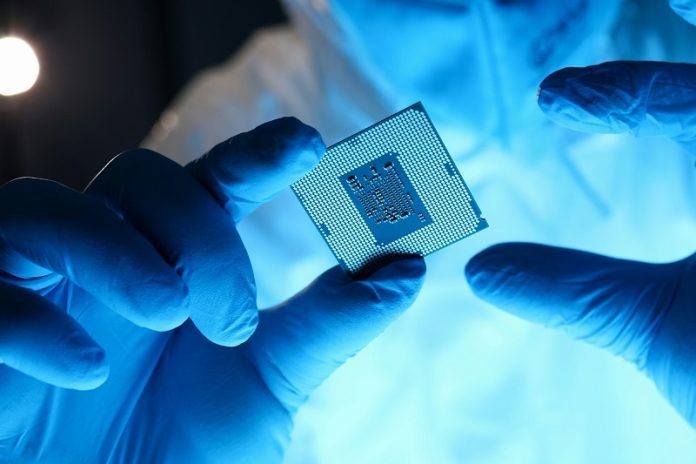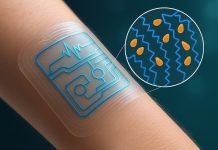
The surface of Venus is incredibly hot, with temperatures reaching 480 degrees Celsius, hot enough to melt lead.
This extreme heat makes it difficult for traditional silicon-based electronics to function there.
However, scientists are now exploring the potential of gallium nitride, a unique material that can withstand these scorching conditions.
Gallium nitride is already used in some everyday electronics like phone chargers and cell towers. But researchers don’t fully understand how it behaves at temperatures above 300 degrees Celsius, the limit for most silicon electronics.
A new study by scientists from MIT and other institutions, published in Applied Physics Letters, aims to fill this knowledge gap.
The team focused on the ohmic contacts in gallium nitride devices. These contacts connect the semiconductor to the outside world and are crucial for its performance.
They found that even at 500 degrees Celsius, the contacts and the gallium nitride material itself remained stable and did not degrade significantly.
This discovery is a big step toward developing high-performance transistors that could be used on Venus or in other high-temperature environments on Earth, like geothermal energy extraction or monitoring jet engines.
“Transistors are at the heart of most modern electronics,” says John Niroula, the study’s lead author and an electrical engineering and computer science graduate student at MIT. “We didn’t want to jump straight to making a gallium nitride transistor.
First, we needed to ensure the material and contacts could survive and understand how they change with increased temperature.”
The team included several other researchers, such as Qingyun Xie and Mengyang Yuan, who recently completed their PhDs, and graduate students Patrick K. Darmawi-Iskandar and Pradyot Yadav. The study was led by senior author Tomás Palacios, an MIT professor and director of the Microsystems Technology Laboratories.
While gallium nitride is promising, it is still not as well understood as silicon, especially at high temperatures. One critical property is resistance, which affects how electricity flows through a material. High contact resistance can lead to more power loss and slower electronic circuits.
The researchers built special gallium nitride devices at MIT.nano to measure resistance under high temperatures. They used two methods to add ohmic contacts: depositing metal and heating it, and a technique involving regrowing highly doped gallium nitride, developed by collaborators at Ohio State University. Both methods showed that the contacts remained stable even at 500 degrees Celsius for 48 hours.
To test the devices, the team conducted both short-term and long-term experiments. Short-term tests were done at Rice University by heating the devices to 500 degrees Celsius and measuring resistance immediately. Long-term tests at MIT involved placing the devices in a furnace for up to 72 hours. They used advanced microscopes to examine the effects of high temperatures on the material at an atomic level.
“We were surprised to find that the contacts and gallium nitride material were remarkably stable,” says Niroula. Even after 48 hours at 500 degrees, the contact resistance stayed constant. However, the material did start to degrade after that time.
The researchers are now working on ways to improve long-term performance, such as adding protective insulators. They plan to use their findings to develop high-temperature gallium nitride transistors.
“Our work takes a systematic approach from the material level to the circuit level,” says Xie. “We aim to translate these advancements into real-world impacts for high-temperature electronics, thanks to our strong partnerships with collaborators.”
This exciting research brings us closer to sending electronics to the surface of Venus and improving high-temperature electronics on Earth.
Source: MIT.



